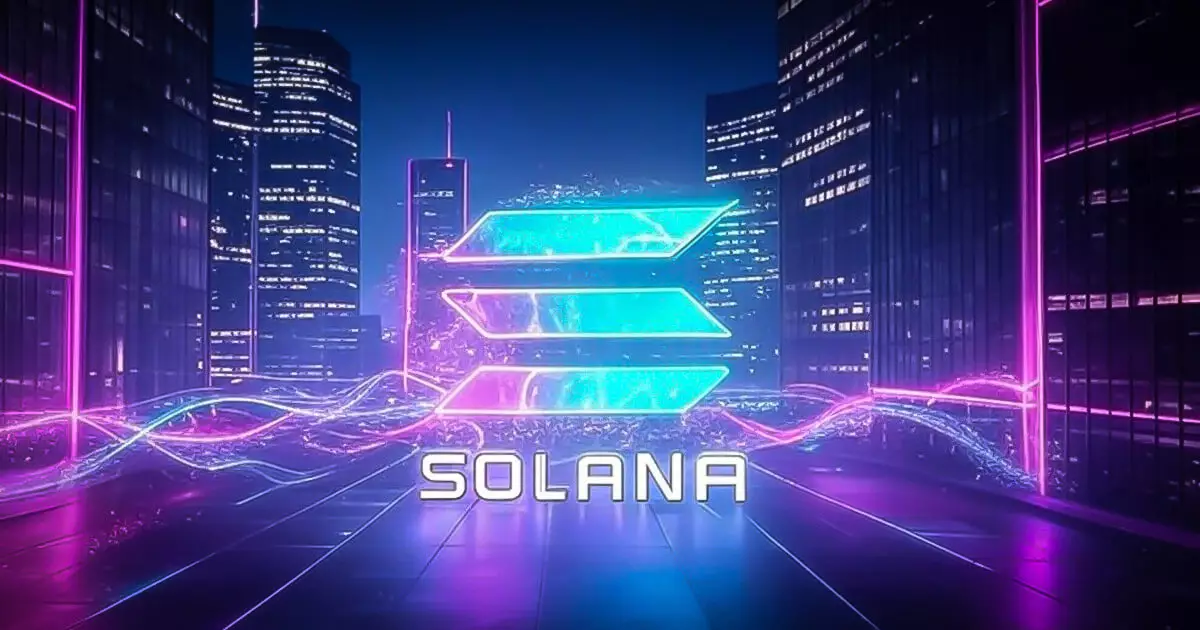In the ever-evolving landscape of cryptocurrency, Coinbase has made a striking advancement by introducing a self-service asset recovery tool that now extends its reach to lost tokens on the Solana network. This latest development, announced on April 21, marks a significant stride towards user empowerment within the volatile realm of digital assets. Traditionally, the crypto space has been plagued by the dangers of mistaken transactions, often leading to catastrophic losses that users accepted as a harsh reality of self-custody. With this tool, however, Coinbase is championing a model that offers a more user-centric approach to asset management.
Recovery with Caveats
It’s essential to recognize that this new feature doesn’t promise a blanket safety net for all SPL tokens. Users must wade through the murky waters of eligibility, ensuring that the tokens they’ve mistakenly dispatched to their Coinbase wallets can truly be reclaimed. This brings about a pertinent question regarding user awareness and responsibility. While the option for recovery is certainly a move in the right direction, users must still diligence and verify the authenticity of their tokens. Coinbase’s decision to forewarn users about the potential for unrecoverable assets adds an air of caution to an otherwise hopeful announcement. In a world where trust and verification are paramount, such advisories cannot be underestimated.
A Slowly Optimistic Future
Since its initial introduction for ERC-20 tokens on Ethereum back in December 2022, the recovery tool has evidently grown in scope, extending its capabilities to BNB Chain and Polygon in early 2024. This slow but steady expansion hints at a future where more and more token types could be recoverable—albeit, the timeline remains vague. As a proponent of economic liberalism, I applaud Coinbase’s initiative to alleviate user frustration stemming from irreversible mistakes. However, the company must tread carefully; the technical complexities involved with different tokens mean that not every case of error can be resolved. Users must remain patient, acknowledging the limitations and working within them rather than against them.
The Costs of Recovery
The question of whether financial recovery outweighs the potential costs is another critical aspect to consider. If you accidentally send more than $100 worth of tokens, a 5% recovery fee on the excess is charged alongside standard network fees. This financial model poses a conundrum—while the service is there to rescue users from potential disaster, it also penalizes them for their mistakes. Should users embrace this system, or does it create a discouragement to experiment with crypto? Balancing risk and innovation is a hallmark of the center-right liberal approach, urging individuals to take responsibility while also creating a conducive environment for growth.
Addressing a Longstanding Issue
At the heart of this service is the acknowledgment of a longstanding issue in crypto: the permanence of errors. Traditionally, users found themselves navigating a labyrinth of anguish when their transactions went awry, as access to private keys locked these losses in an immutable state. By evolving its recovery tool, Coinbase is not simply providing a remedy; they’re positioning themselves as leaders in the ongoing dialogue about accountability in the cryptocurrency sphere. For perhaps the first time, users might feel like they have a fighting chance against the unforgiving landscape of digital finance. While challenges remain, Coinbase is dramatically changing the narrative, allowing us to envision a more secure and user-friendly digital currency environment.

